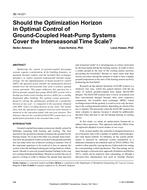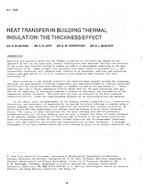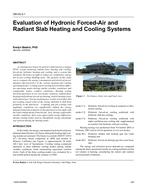Conventional solar systems have operated on heating demand, irrespective of the amount of heat gained from the collector. Consequently, there have been cases when large amounts of auxiliary heat were necessary, and the solar fraction was greatly reduced.
In particular, there were many cases where a large system, intended for multipurpose use, was controlled simply by the fluid temperature alone. It often happened that the system could not be run by solar heat because of low temperatures, even though effective amounts of solar radiation were available. Therefore, a key point for the effective use of solar systems is to adjust the imbalance between heat gained from the collector and the heating load. The Doho Park Gymnasium project, which has Japan’s largest collector area — 1912 m2 for multipurpose use — took this point into full consideration. In the system, anticipated heat collection, Qu, heat storage, Qs, and heating loads, Qk,, are calculated every hour by a minicomputer. The heating load is then controlled in accordance with a prearranged priority order for effective utilization of solar energy and, to a lesser exent, of auxiliary heat.
Citation: Symposium, ASHRAE Transactions, Volume 88, Part 1, Houston, TX
Product Details
- Published:
- 1982
- Number of Pages:
- 12
- File Size:
- 1 file , 1 MB
- Product Code(s):
- D-HO-82-10-2


